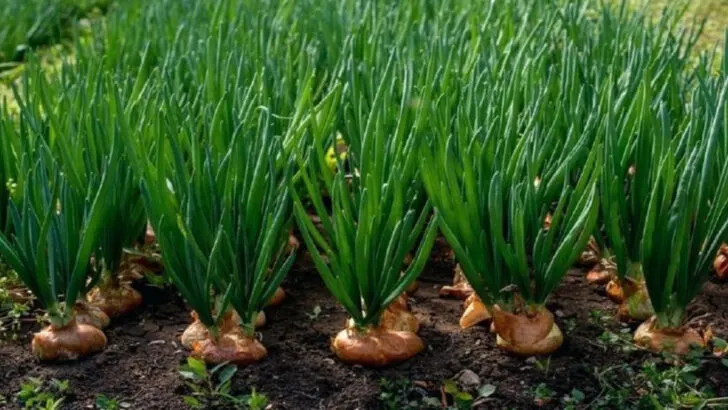In times of scarcity, people turn to the land—not just for survival, but for resourcefulness, resilience, and self-reliance. During the Great Depression, American families across the country relied on homegrown crops not as a hobby, but as a lifeline. These weren’t flashy or delicate plants—they were tough, productive, and deeply practical, chosen for their ability to thrive under pressure and feed families on tight budgets and even tighter growing spaces.
What’s surprising is that many of these so-called “survival crops” are still incredibly relevant today. With rising food costs, climate uncertainty, and a growing desire to eat cleaner, more local food, modern gardeners and homesteaders are turning back to these depression-era staples—and discovering just how useful they still are. From multi-purpose vegetables to long-storing roots and nutrient-dense greens, these plants are proof that the old ways weren’t just about getting by—they were about thriving with less.
Whether you have a full backyard or a few containers on a balcony, these crops are not only easy to grow—they’re smart. Many offer dual uses, grow well in poor soil, or require minimal care. And perhaps best of all, they reconnect us with a mindset that feels more important than ever: grow what feeds you, in every sense of the word.
Potato
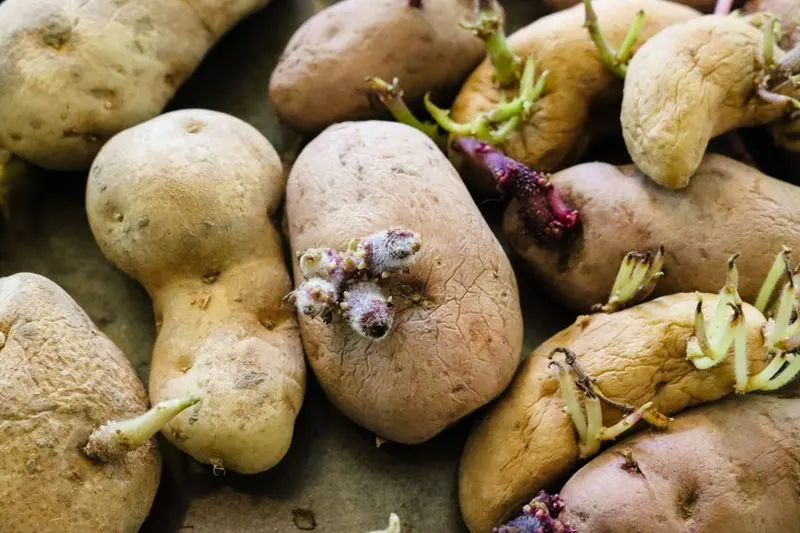
Spuds have been a staple for centuries, thanks to their versatility. From creamy mashed potatoes to crispy fries, their culinary uses are endless. During the Depression, they were invaluable for their ability to fill bellies on a budget. Potatoes are rich in vitamins and minerals, making them a nutritious choice today. They grow in a variety of soils, further enhancing their appeal. Did you know? The potato famine in Ireland led to a massive migration to the U.S., where these tubers became even more entrenched in American cuisine. A humble yet powerful crop.
Carrot
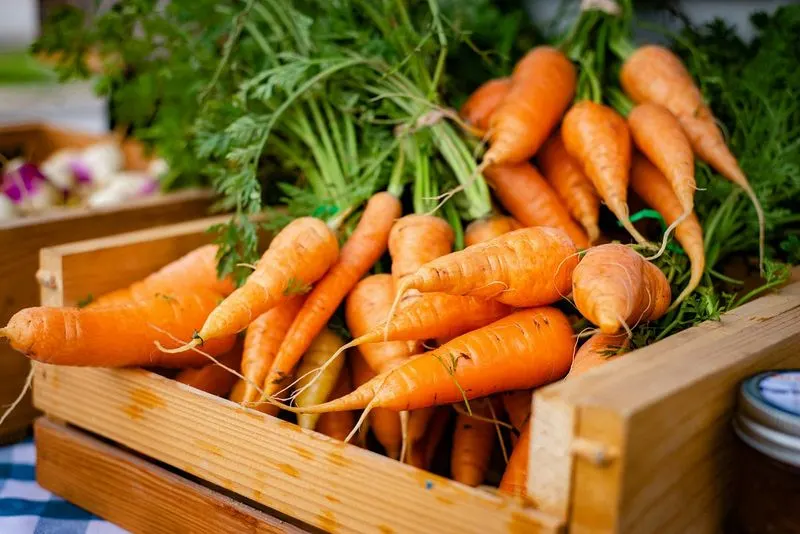
With a vibrant hue that brightens any plate, carrots are both eye-catching and nutritious. Loaded with beta-carotene, they support eye health, an essential during times when medical resources were scarce. Their sweet flavor can be enjoyed raw or cooked, adding versatility to any meal. These roots were easy to store through harsh winters, providing sustenance when other crops failed. Carrots are not only a culinary delight but also a gardener’s friend, thriving in a range of climates and soil conditions. Truly a timeless addition to any diet.
Cabbage
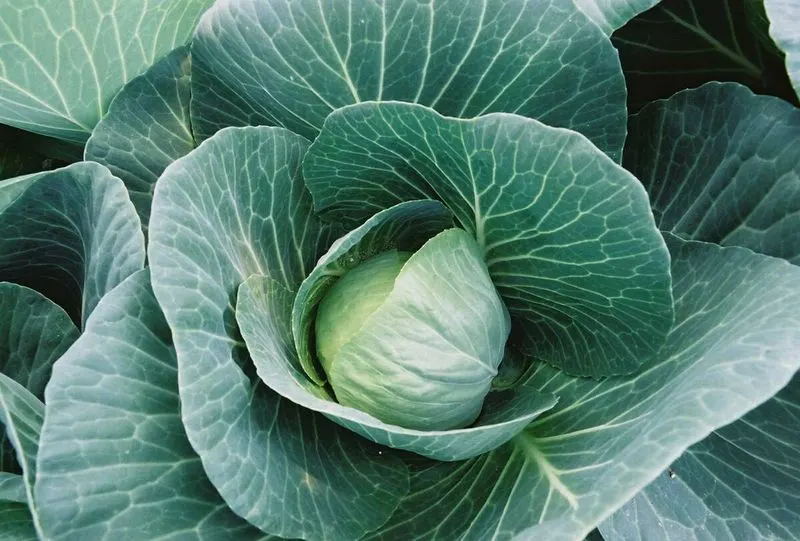
This leafy green has been cherished for its hardiness and nutritional profile. Cabbage can be transformed into a variety of dishes, from tangy sauerkraut to comforting cabbage rolls. Its resilience in cold climates made it a favorite during the Depression. Packed with vitamins K and C, it supports immune function and bone health. Cabbage is also known for promoting gut health, thanks to its fiber content. Its ability to store well made it an essential crop during lean times and continues to be a staple in many diets around the world.
Sweet Corn
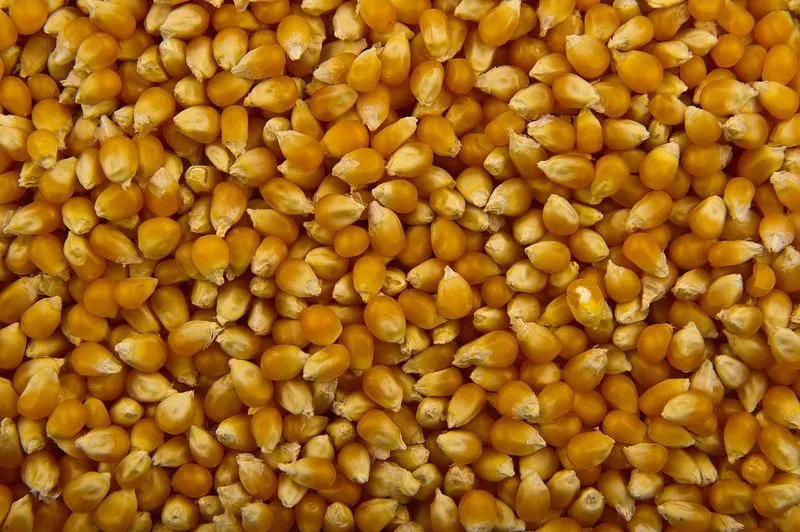
Sweet corn is a beloved symbol of summer, yet its significance stretches back to the Depression era. It’s a versatile crop that provided nourishment when few other options were available. Eaten fresh, canned, or dried, corn offers a delightful crunch and sweetness. Rich in fiber, vitamins, and antioxidants, it supports a healthy diet. Did you know? Corn was once used as currency by Native Americans before becoming a staple in American agriculture. Its enduring popularity is a testament to its utility and taste.
Beets
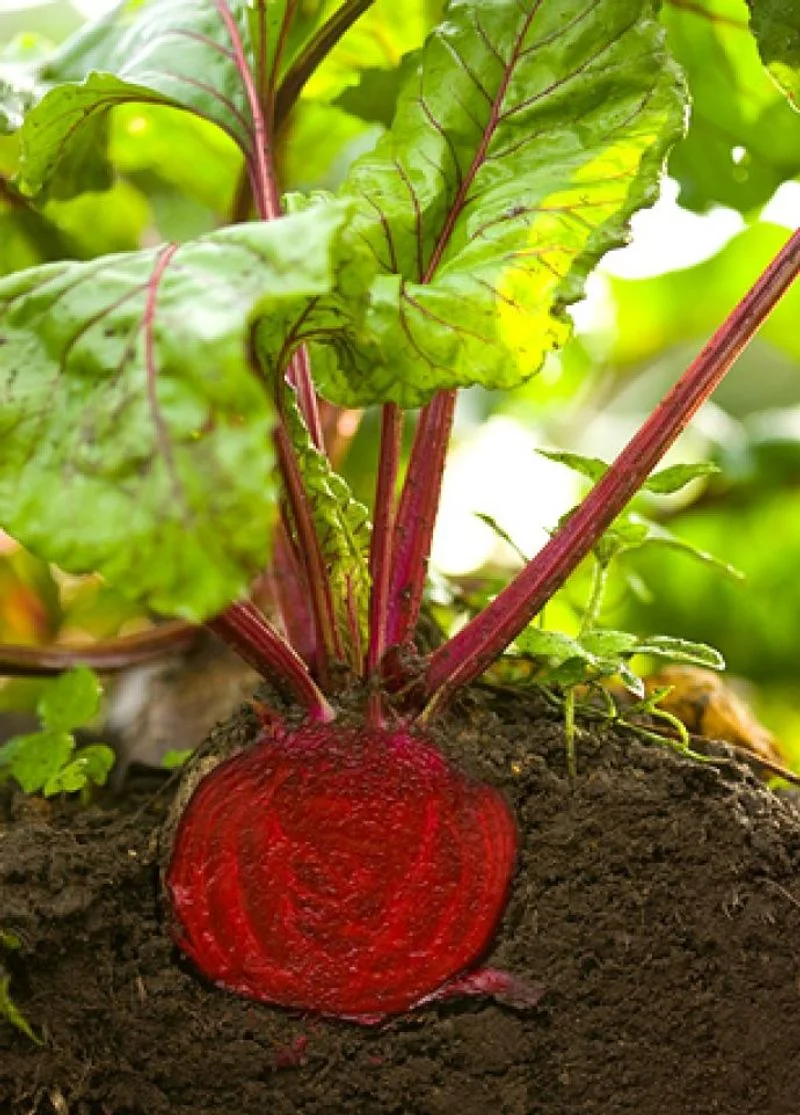
Often seen as the underdog of the vegetable world, beets are a powerhouse of nutrition. Their earthy sweetness lends itself well to both savory and sweet dishes. During the Depression, they were cherished for their ability to grow in poor soil conditions. Packed with essential nutrients like folate and manganese, beets support various bodily functions. The vibrant color of beets also adds visual appeal to any dish, making them a favorite among chefs. These roots continue to enrich diets with their health benefits and culinary versatility.
Turnips
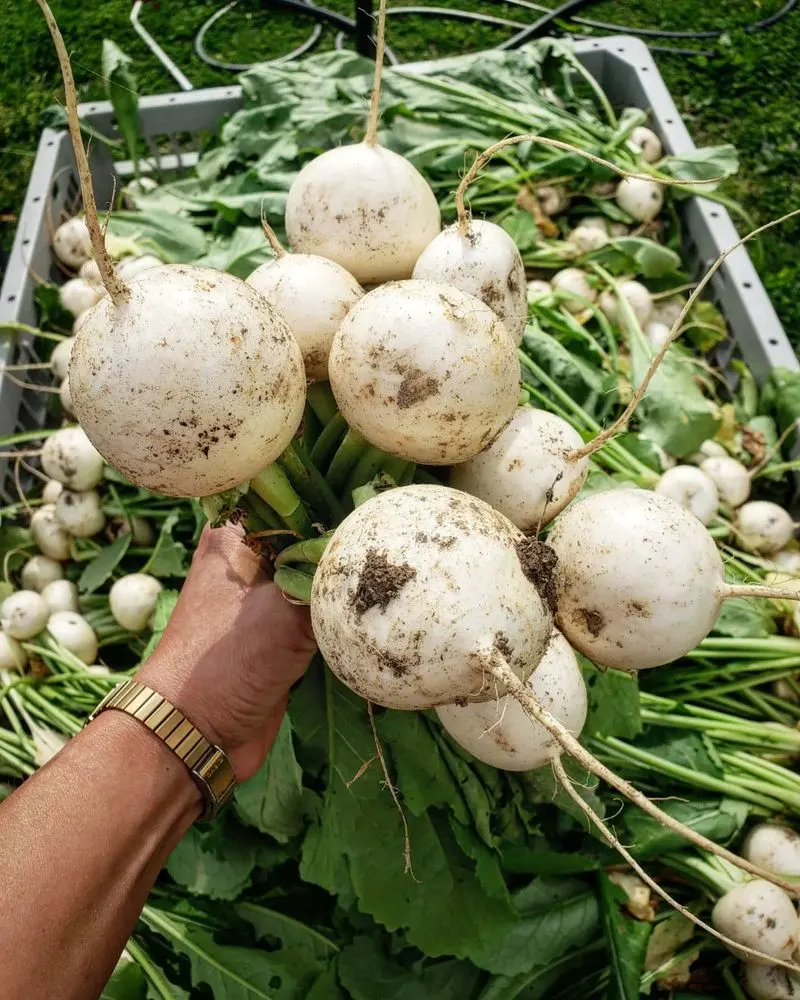
Turnips may not be glamorous, but they were a lifesaver during hard times. These roots grow quickly and require minimal care, making them ideal for Depression-era farmers. Rich in vitamin C and fiber, they boost immunity and digestion. Both the root and greens are edible, offering multiple culinary uses. Turnips can be roasted, mashed, or eaten raw, providing a variety of textures and flavors. Known for their ability to grow in cool weather, they remain a valuable crop for those looking to extend their growing season.
Onion
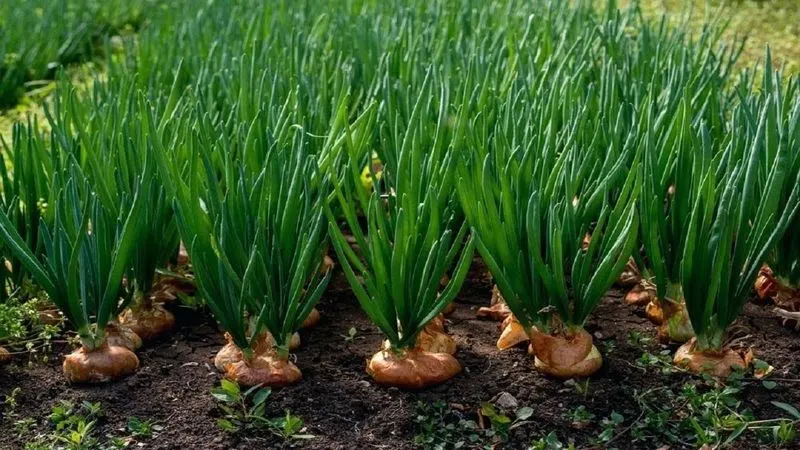
Pungent and flavorful, onions are the backbone of countless recipes. They were a staple in Depression-era diets for their ability to enhance even the simplest dishes. Onions store well and can last through long winters, offering consistent flavor when fresh produce was scarce. Their health benefits, including heart health support and anti-inflammatory properties, make them a valuable addition to today’s meals. Onions also adapt to various climates, which contributed to their widespread cultivation. Whether raw, sautéed, or caramelized, they add depth to any dish.
Garlic
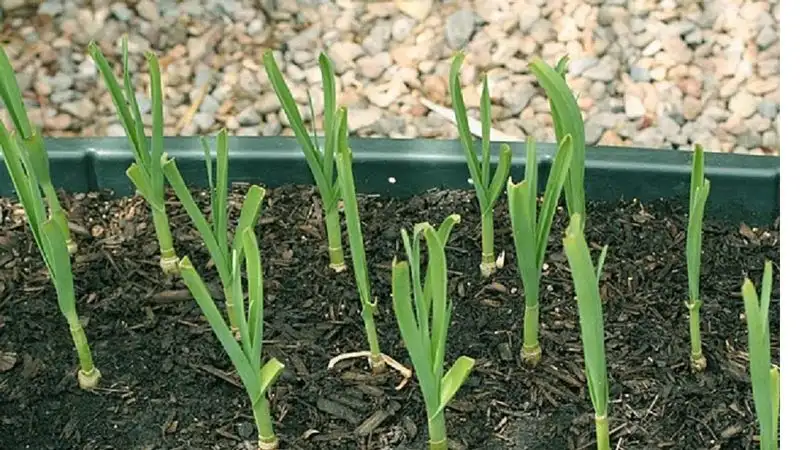
Often hailed as a natural remedy, garlic has been cherished for its medicinal properties. During the Depression, this potent bulb was a go-to for adding flavor and health benefits to meals. Garlic’s rich history spans cultures and cuisines, known for its ability to fight infections and boost immunity. Its robust flavor elevates everything from soups to roasts, making it indispensable in any kitchen. With its long shelf life and adaptability, garlic continues to be a culinary and health superstar, proving that good things come in small packages.
Squash
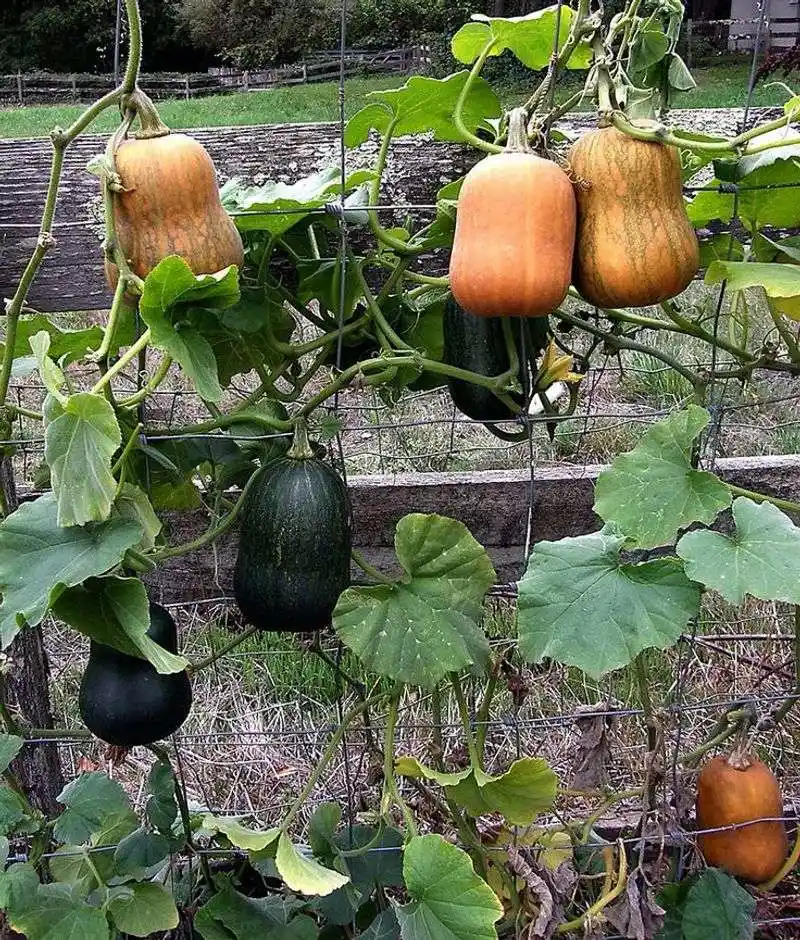
Squash, with its myriad shapes and colors, offers both aesthetic appeal and culinary versatility. During the Depression, it was a prolific producer, providing much-needed calories and nutrients. Rich in vitamins and minerals, squash supports overall health and wellness. It can be roasted, pureed, or baked, offering diverse textures and flavors. The seeds are also edible, providing additional nutrition. Squash’s ability to store well through winter months made it indispensable to families seeking sustenance in harsh times. Today, it remains a garden and kitchen favorite.
Pumpkin
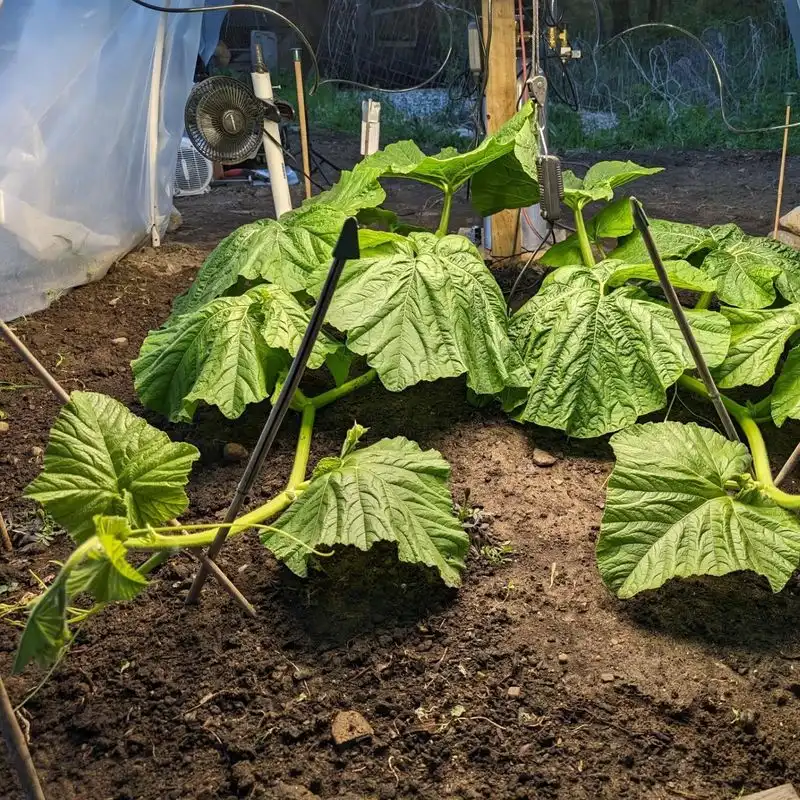
Synonymous with fall festivities, pumpkins are more than just decorative. Their nutritional profile includes vitamins A and C, supporting skin health and immunity. During the Depression, pumpkins were grown for their ability to produce large yields. Their flesh could be used in soups, pies, and breads, while seeds provided a nutritious snack. Pumpkins are easy to grow and store well, making them a reliable choice for food security. This iconic crop continues to charm with its versatility and contribution to a balanced diet, well beyond Halloween.
Radish
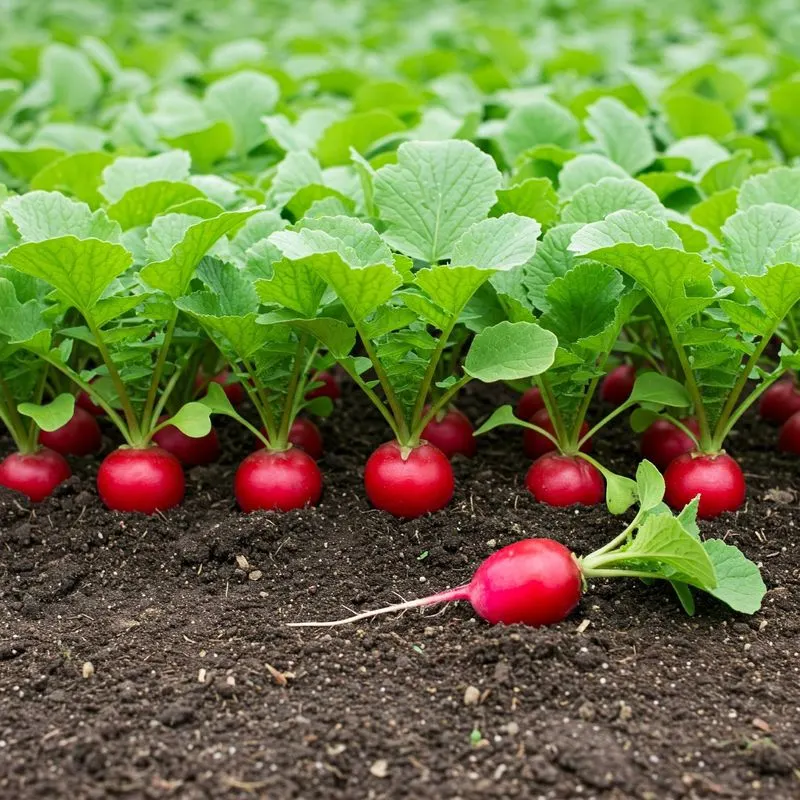
Radishes, with their peppery bite, add a refreshing contrast to salads and sandwiches. These root vegetables were a favorite during the Depression for their rapid growth and minimal care requirements. They can be harvested in as little as three weeks, offering quick nourishment. Radishes are low in calories but high in nutrients, including vitamin C and antioxidants. Their crisp texture and spicy flavor make them a delightful addition to meals. Today, they are still appreciated for their ease of growth and zesty contribution to dishes.
Rhubarb
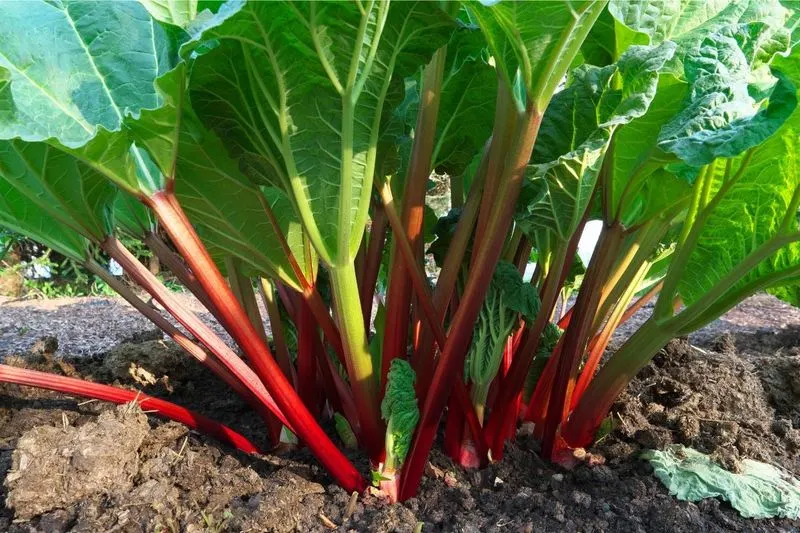
Rhubarb’s tart flavor makes it a distinctive ingredient in desserts and sauces. During the Depression, it was celebrated for its rapid growth and ability to thrive in cooler climates. Its striking red stalks are rich in antioxidants and vitamins, promoting overall health. Often paired with sugar, rhubarb creates a unique balance of sweet and sour. This perennial plant continues to be popular in gardens for its resilience and flavor. Whether baked into pies or simmered into jams, rhubarb’s tangy taste remains a culinary delight.
Lettuce
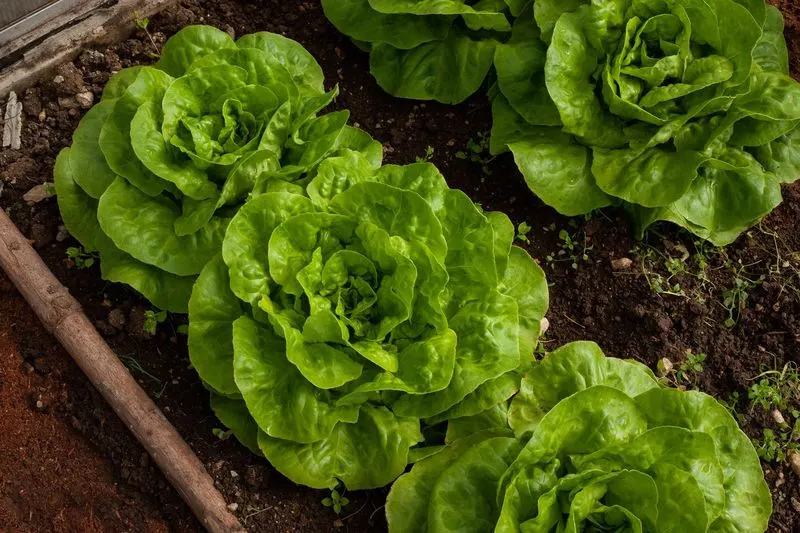
Lettuce, with its crisp texture and mild flavor, forms the foundation of countless salads. In the Depression era, it was prized for its quick growth and adaptability to different climates. This leafy green is low in calories but high in essential nutrients like vitamin K, making it a nutritious choice. Lettuce was easy to grow and harvest, providing a refreshing addition to meals. Today, it remains a staple in healthy diets, offering hydration and a satisfying crunch. A true garden classic that continues to nourish.
Spinach
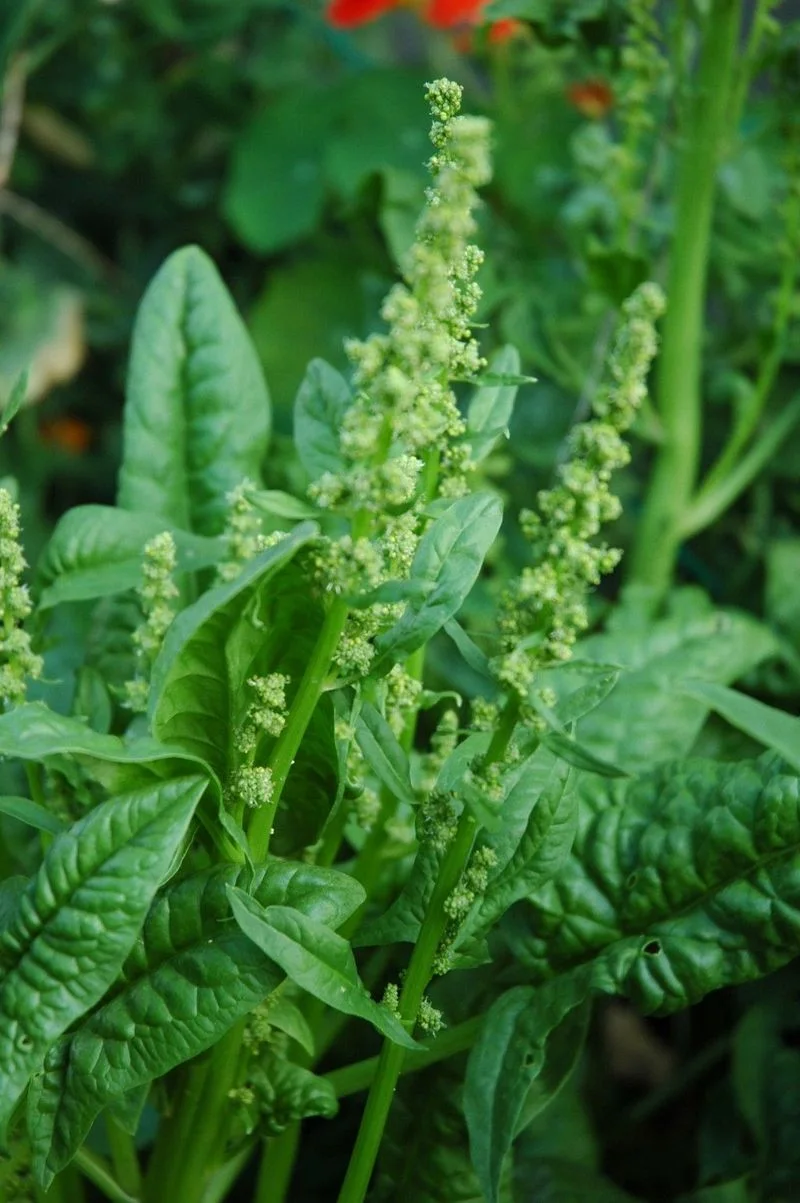
Known for its rich nutrient content, spinach was a dietary hero during tough times. Packed with iron, calcium, and vitamins, it supported overall health when resources were limited. Spinach grows quickly and thrives in various climates, providing continual harvests. Its tender leaves can be used in salads, sautés, and smoothies, offering flexibility in the kitchen. This leafy green’s health benefits and ease of cultivation made it a Depression-era favorite. Today, it continues to be celebrated for its nutritional value and culinary versatility.
Berries
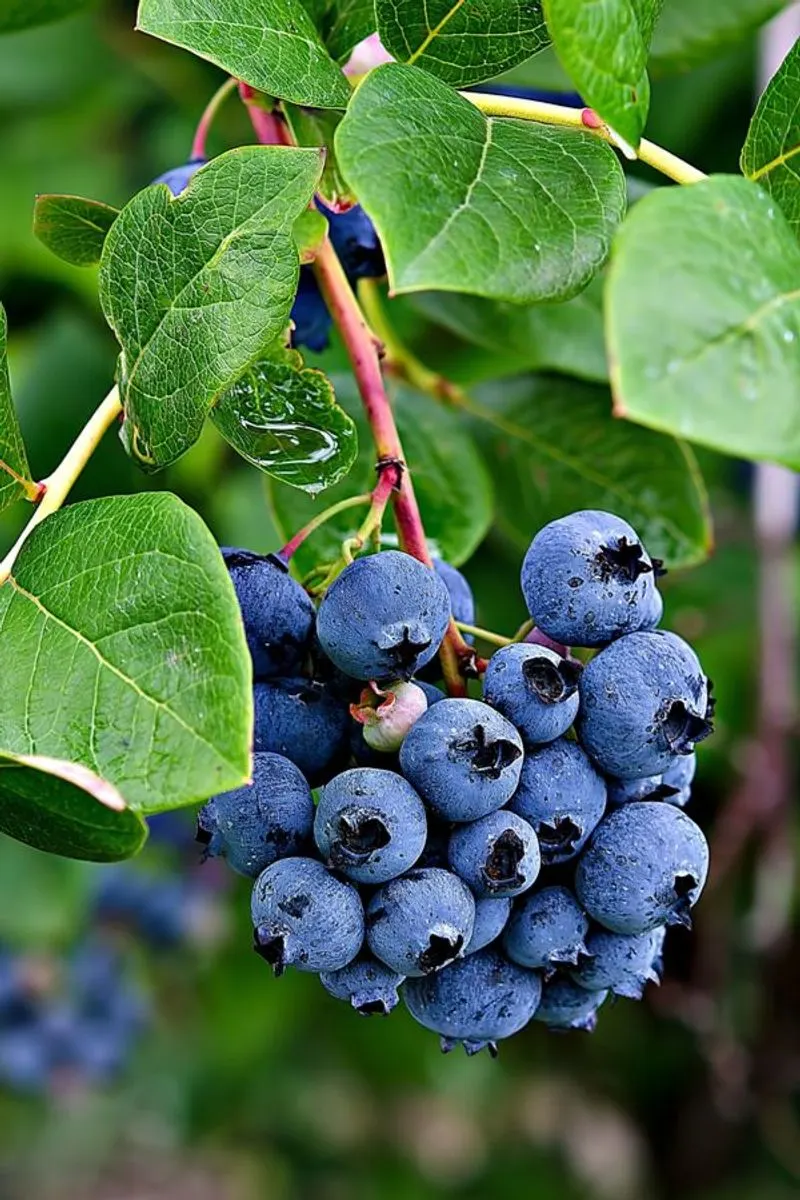
Berries, with their vibrant colors and sweet flavors, were a cherished treat during the Depression. These fruits are packed with antioxidants, supporting health and vitality. Berries can be eaten fresh, preserved, or baked into desserts, offering versatility in the kitchen. Their ability to grow in varied conditions made them accessible to many families. Berries are not just delicious but also a symbol of resilience, thriving in less-than-ideal circumstances. Today, they remain a delightful addition to diets, celebrated for both taste and nutrition.
Peas
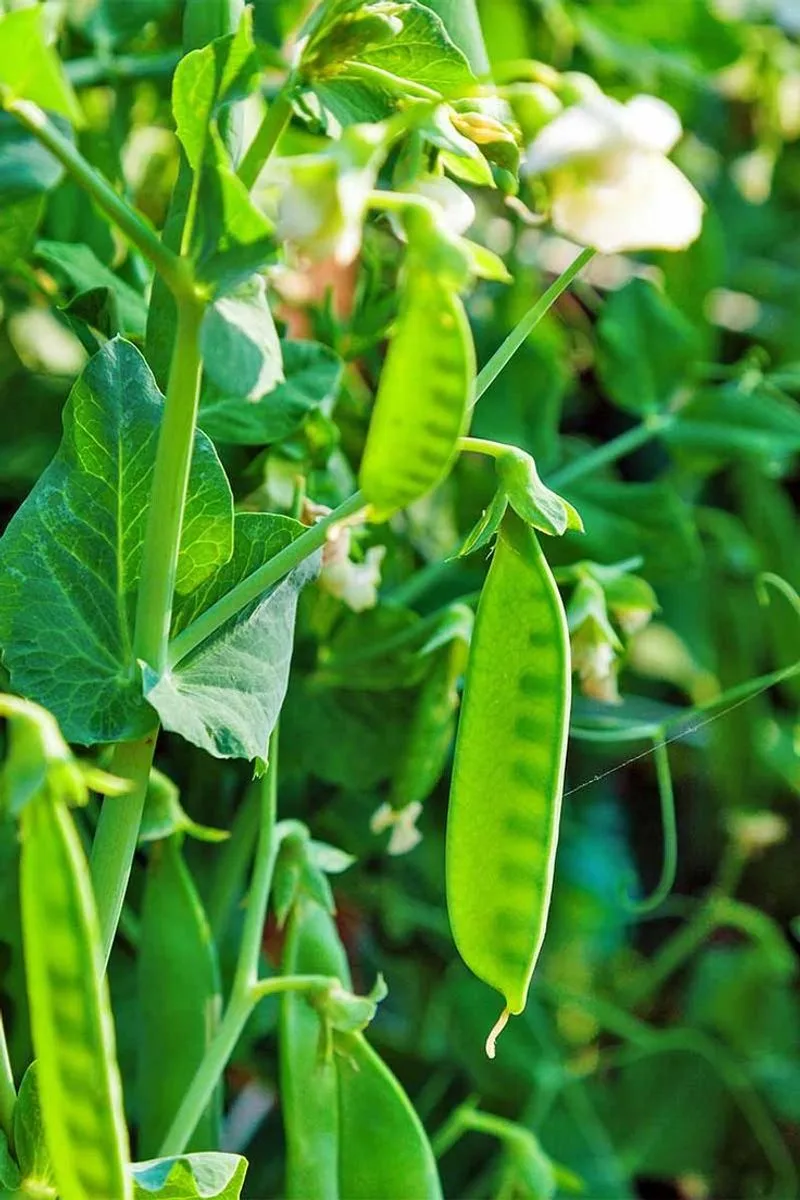
Sweet, tender peas have long been a garden favorite. During the Depression, they were valued for their ability to enrich soils with nitrogen, supporting sustainable farming. Peas are a good source of protein, fiber, and vitamins, making them a nutritious addition to meals. These legumes can be eaten fresh, frozen, or dried, ensuring availability year-round. Their adaptability to various climates and ease of cultivation contributed to their popularity. Peas continue to be a beloved staple, offering both flavor and nutrition to modern dishes.
Chives
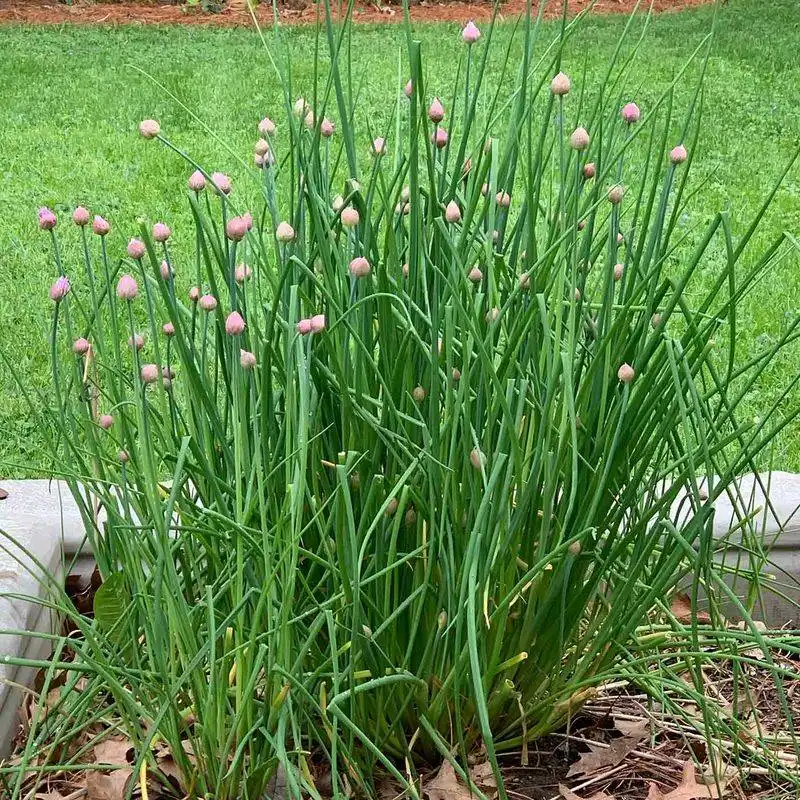
Chives, with their mild onion-like flavor, add a subtle kick to dishes. In the Depression era, they were a gardener’s delight, requiring little space and minimal care. Chives are rich in vitamins A and C, supporting overall health. Their delicate purple flowers and green stalks made them a visually appealing addition to gardens. Used to enhance salads, soups, and sauces, chives bring color and flavor to meals. This perennial herb continues to be a kitchen staple, celebrated for its ease of growth and culinary versatility.
Beans
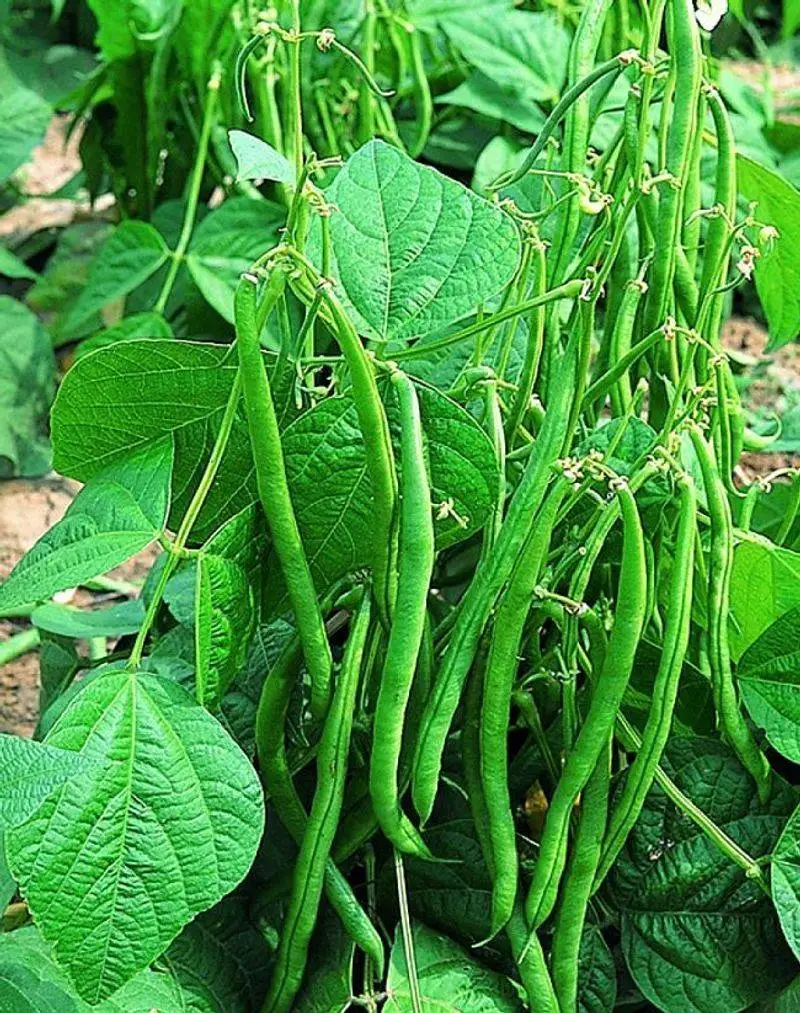
Beans, the unsung heroes of the Depression-era garden, provided essential protein and fiber. They were easy to grow and offered bountiful harvests, making them a staple in many households. Available in various types, beans can be used in soups, stews, and casseroles. Their ability to fix nitrogen in the soil also benefited other crops. Beans continue to be celebrated for their health benefits and versatility. Whether dried or fresh, they remain a crucial component in diets around the world, supporting both nutrition and sustainability.
Parsnips
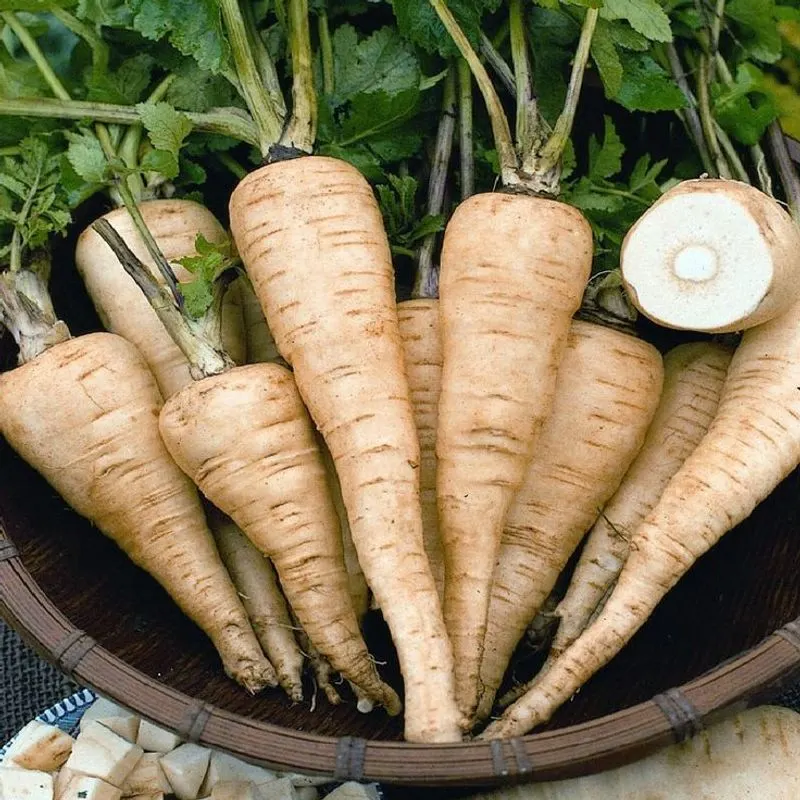
Parsnips, with their sweet and nutty flavor, were a comforting presence during harsh times. These root vegetables thrive in cold weather, making them ideal for autumn and winter harvesting. Rich in fiber, vitamins, and minerals, parsnips support digestive health and overall wellness. They can be roasted, mashed, or added to soups, offering diverse culinary applications. Parsnips were often used as a potato substitute, adding variety to Depression-era diets. Today, their unique taste and nutritional benefits continue to enrich meals, from comforting roasts to hearty stews.

